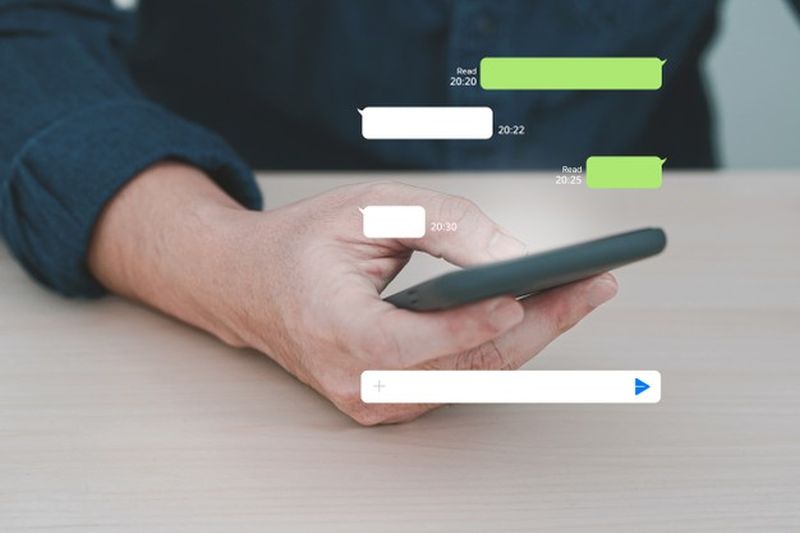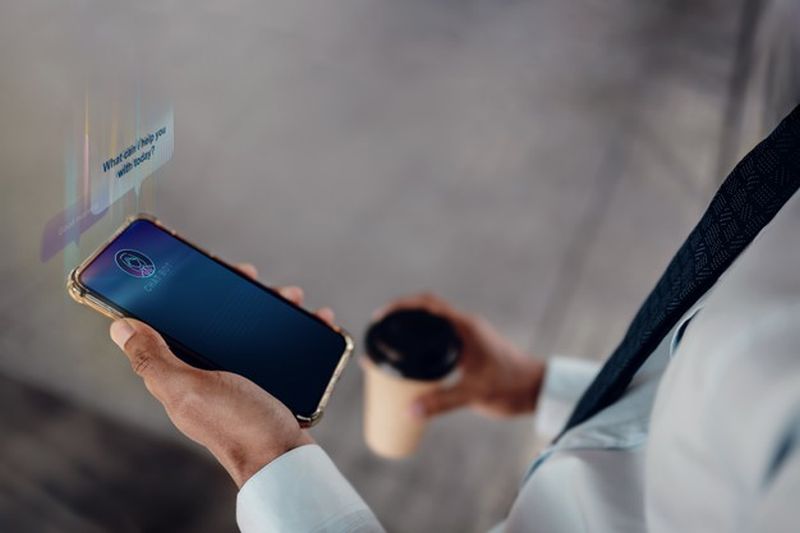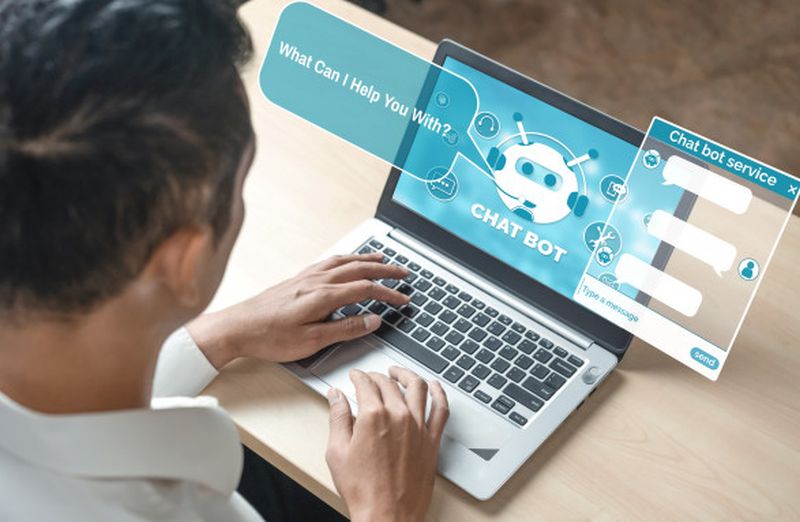
If you have noticed more and more chat icons popping up in the lower right-hand corner of your screen when surfing the web, it is because chatbot technology has become increasingly mainstream in the last few years.
Businesses and non-profit organizations alike have embraced the new technology with open arms, and some of the following facts and statistics are just the tip of the Why iceberg.
1. You likely had at least one interaction with a chatbot over the last year.
According to a recent Invesp survey, 67% of Internet users interacted with a customer service chatbot at least once over the last 12 months, and six in ten Millennials chatted with a chatbot at least once in their lifetime, according to Forbes. Millennials and Gen Y-ers are the number one reason chatbot usage is on the rise, as they are the most open to trying new technology.
Surprisingly Baby Boomers like chatbots too. Sixty-one percent admitted to using chatbots to get quick answers.

2. Most chatbot-friendly industries are real estate, travel, and education.
These are the top three industries that have implemented chatbots in their day-to-day operations on a large scale. It is estimated that 28% of real estate operations, 16% of travel, and 14% of education are currently driven by chatbots.
Healthcare and banking are lagging closely behind with 10% and 5%, respectively. By 2024, industry analysts estimate that 75-90% of healthcare and finance queries will be handled by chatbots. All these industries will benefit from chatbot rollout due to the immense volume of human interactions. But paradoxically, just 20% of banking customers have embraced the new technology.
3. The USA leads the world in terms of chatbot use.
With over 15,000 chatbot sites and 36% chatbot users, the USA population is the largest consumer of chatbot technology on the planet. The next in line are India (11%), Germany (4%), the UK (3%), and Brazil (2%). The numbers for India and Brazil might be even higher since there isn’t a consensus on what should be considered a “chatbot website.”
4. The world’s first chatbot was called ELIZA.
The world’s first conversational chatbot was a Natural Language Processing machine called ELIZA created by MIT’s AI lab from 1964 through 1966. ELIZA’s creator Joseph Weizenbaum reportedly named the bot after a character in George Bernard Shaw’s play, Pygmalion, due to its ability to be perfected by its users.
ELIZA was not perfect, but its script, DOCTOR, was a big hit at the time since it managed to sound human-like by just answering back to users parroting their initial input. This chatbot cracked the door open to the more complex conversational chatbots in this day and age.

5. Meet Mitsuku, the world’s friendliest chatbot.
Even though conversational AI is still in its infancy, Mitsuku has been answering users’ queries so accurately and with such human-like emotion that millions of people now call it their “friend.” Mitsuku was first launched in 2005 and has won the Loebner Prize Turing Test, an annual competition to discover the most human-like chatbot, five times already.
Meanwhile, it has been embedded in Facebook Messenger, Telegram, Twitch, and Skype (currently removed). It was featured in the Guardian, New York Times, Wall Street Journal, and BBC and touted as a more human-like alternative to Amazon’s Alexa and Apple Inc.’s Siri voice-activated virtual assistants.
6. Facebook Messenger is now populated by 300K+ chatbots.
In 2018, Facebook announced that more than 300,000 chatbots were interacting with Facebook Messenger’s users on a constant basis. That number might be even higher now since 2018 marked a 200% increase from a year prior.
BlueBot (BB), a Facebook Messenger chatbot run by KLM Royal Dutch Airlines, helped more than 500,000 travelers book flights and learn other flight-related info from the comfort of their own homes over the first six months since its launch. In 2018 alone, it beamed over 2 million automated messages.
7. A human operator is no longer needed in 68.9% human-to-chatbot interactions.
Thanks to AI, deep learning, and state-of-the-art NLP capabilities, chatbot technology has seen made a huge leap since 2017, when just 20% of chatbot-human conversations could be handled by a robot from start to finish. That number jumped to 68.9% in 2019, and it might be even higher in 2024. Especially, the retail industry has benefited from these advances, with more than 40% of buyers saying they used a chatbot when online shopping.

8. Abandoned cart chatbots can boost your business’ revenue by up to 25%.
Have you ever received an e-mail in your inbox or a private message on Messenger from your favorite retailer reminding you that you have an abandoned cart and pending unfinished transaction on their website? That was an automatic message generated by a chatbot. It is estimated that such simple messages can boost a firm’s revenue by 7 to 25%.
9. Nearly 70% of chatbot users like the technology due to the quick answers.
AI-powered chatbots like the highly customizable Hoory come with a vast knowledge base that enables them to cover 80% of routine customer service questions with zero human input. Sixty-eight percent of respondents highlighted that the best advantage of using a chatbot is its quick answers.
The second-best advantages were the option to be forwarded to a human operator if things go south and 24/7 availability. Around 45% of users expect an almost instant answer to their queries from a chatbot.
10. 27% of users cannot tell a chatbot from a human operator.
It is estimated that nearly one-third of chatbot users were unsure if they chatted with a robot or a customer support representative. This stat is big news for businesses, as the technology can help them trim customer service costs by up to 30%, according to a separate IBM survey.
What’s more, due to deep learning capabilities, AI chatbots continue to learn new things from every interaction with human users, including human-to-human interactions, which could make them even more indistinguishable from their human counterparts.
















